Introduction to the characteristics of robusta coffee beans the advantages and disadvantages of robusta and Arabica beans
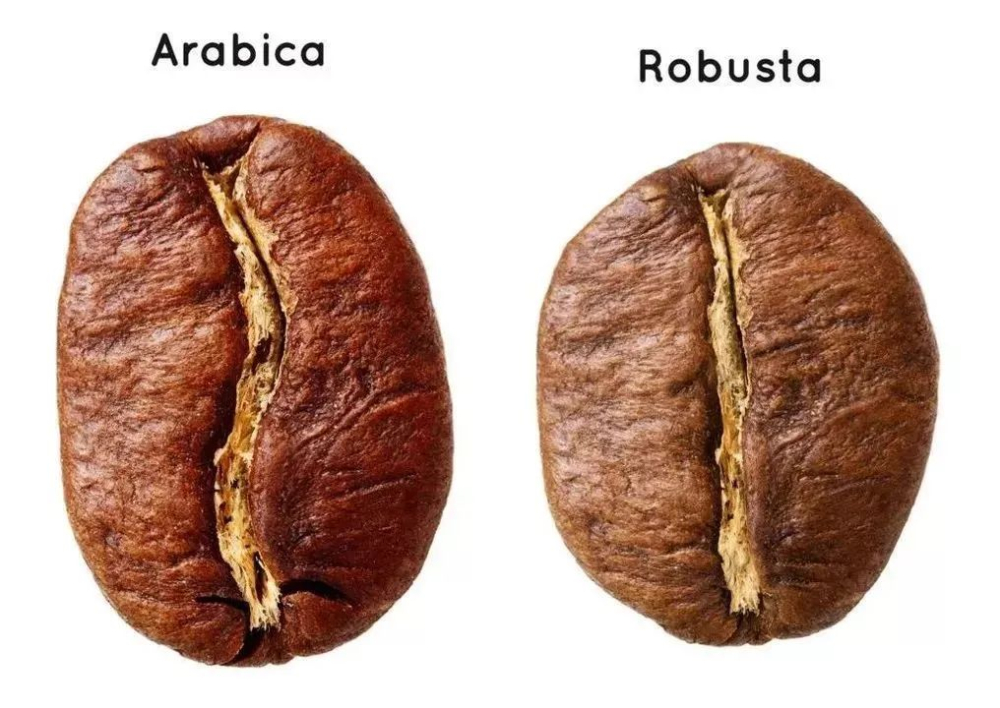
In daily life, we can always hear two kinds of coffee: Arabica and Robusta. Compared with the Arabica species that are loved by everyone, it seems that it is difficult to find Robusta on the market. Why is Robusta so unpopular? The front street of this article will show you the difference between these two varieties.
Two varieties of coffee grown commercially
Coffee is a flowering and fruiting Rubiaceae tree species, because the fruit is usually red or purple similar to cherries, also known as coffee cherries. Our most common coffee beans are seeds without pulp. There are usually two coffee seeds in each fruit. A coffee tree can produce about 0.9kg of raw beans every year. There are hundreds of varieties of coffee in the world, and only Arabica and Robusta are widely grown for commercial purposes, of which Arabica accounts for 70%.
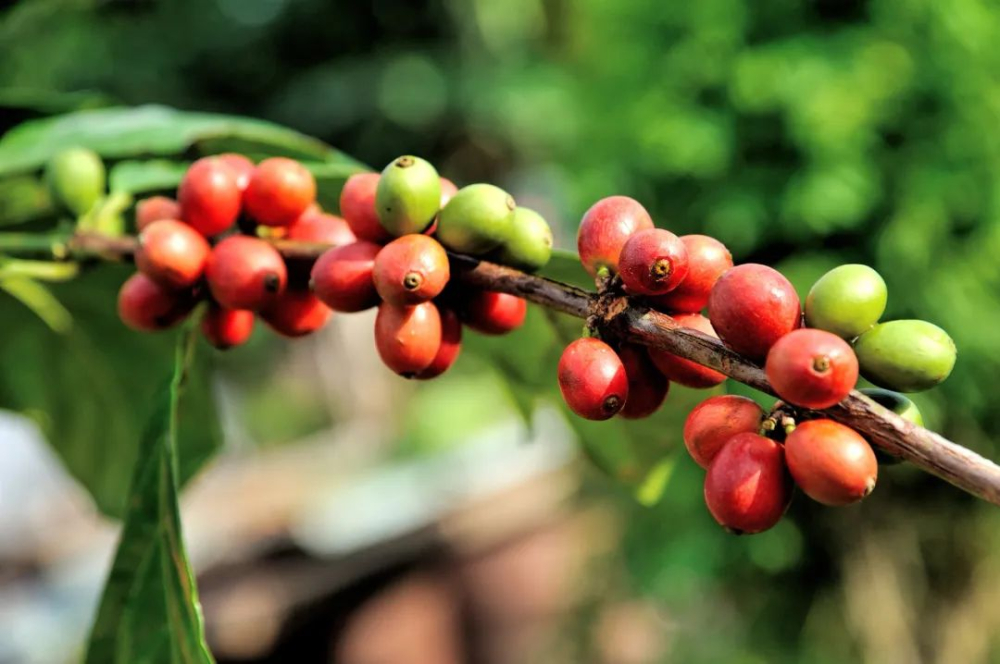
As a tropical cash crop, coffee is mostly grown on the coffee belt between the Tropic of Cancer and the Tropic of Cancer, requiring relatively high and stable temperature, abundant annual rainfall and sunshine, and fertile soil with good drainage, all of which are suitable conditions for the production of high-quality coffee. Today, the "coffee belt" covers more than 70 countries and regions, such as Brazil, Colombia, Ethiopia, Kenya and Indonesia in the Qianjie bean list. And Yunnan and Hainan are also on the coffee belt, each coffee producing area has a unique planting environment and microclimate to provide a variety of growth conditions for coffee trees, forming a unique flavor and taste.
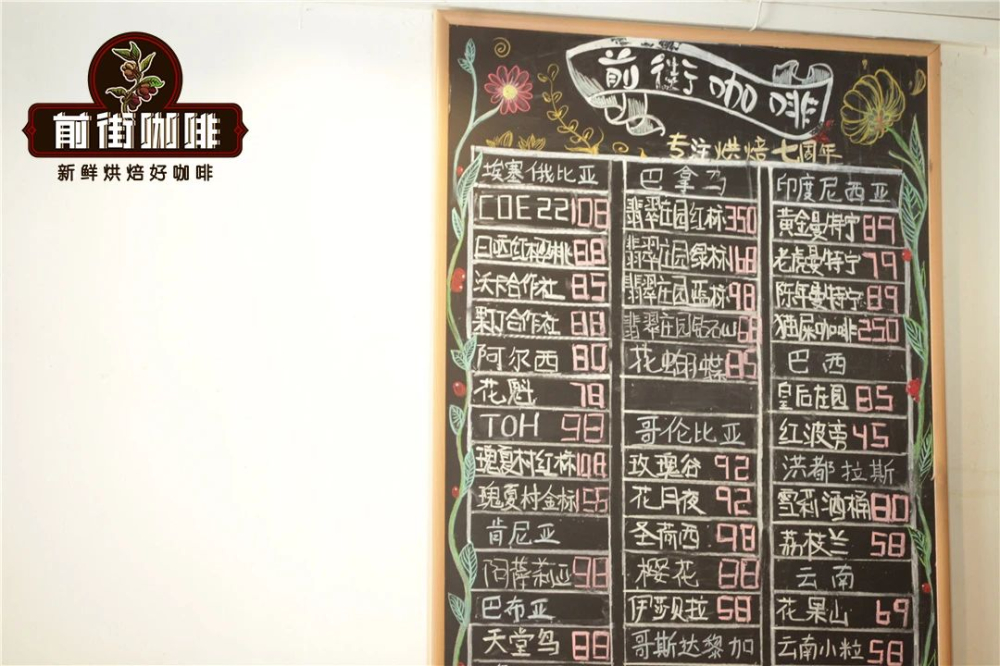
The advantages of Robusta and Arabica
Arabica is the most popular variety in the market, all kinds of sub-varieties will form a unique and rich aroma and sweet and sour flavor according to the local conditions of the growing environment, especially high altitude, volcanic soil and microclimate, and the soft taste is more acceptable. When we analyze the substances contained in Robusta and Arabica, we can find that Arabica has almost twice as much sucrose as Luodou. Sucrose is converted into aromatic substances during baking, making the coffee more fragrant and sweet.
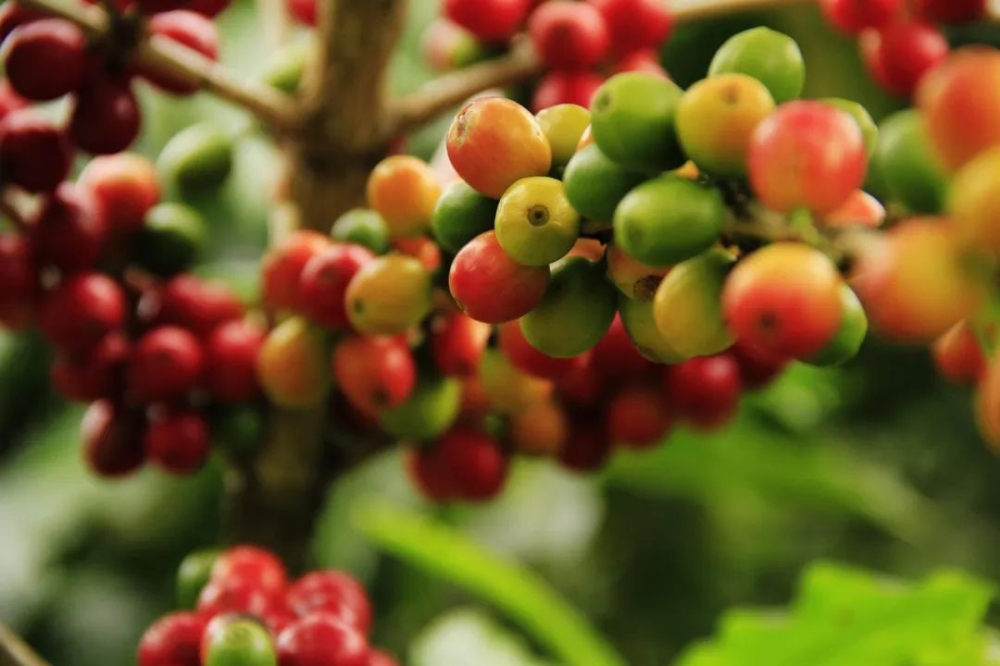
In the past, people drank coffee only for a rich and mellow bitterness. with the continuous promotion of boutique coffee culture, people have higher requirements for the taste, taste, and quality of coffee. Therefore, aroma-diverse Arabica beans are more in line with the high needs of the current boutique coffee market than Robusta. For example, the rosy summer coffee in front of Panama has a unique fragrant orange honey rhyme, which makes the taster feel as if he is drinking a cup of fruit tea.
Compared with Arabica, the Robusta variety has a higher caffeine content, about 2.7% Mel 4%, twice as much as Arabica. As a natural pesticide of plants, caffeine can be protected from most insects. From the planting point of view, Robusta coffee tree can withstand high temperature, cold, drought and humidity. In addition, the fruit yield of a single plant of Robusta is also very high, and it has a strong ability to adapt to the environment. It can generally be planted in low-altitude plains, and it can be directly managed and picked by machine, and the price is naturally cheaper. Therefore, the production cost of Robusta planting is lower, and it is more suitable for commercial mass production.
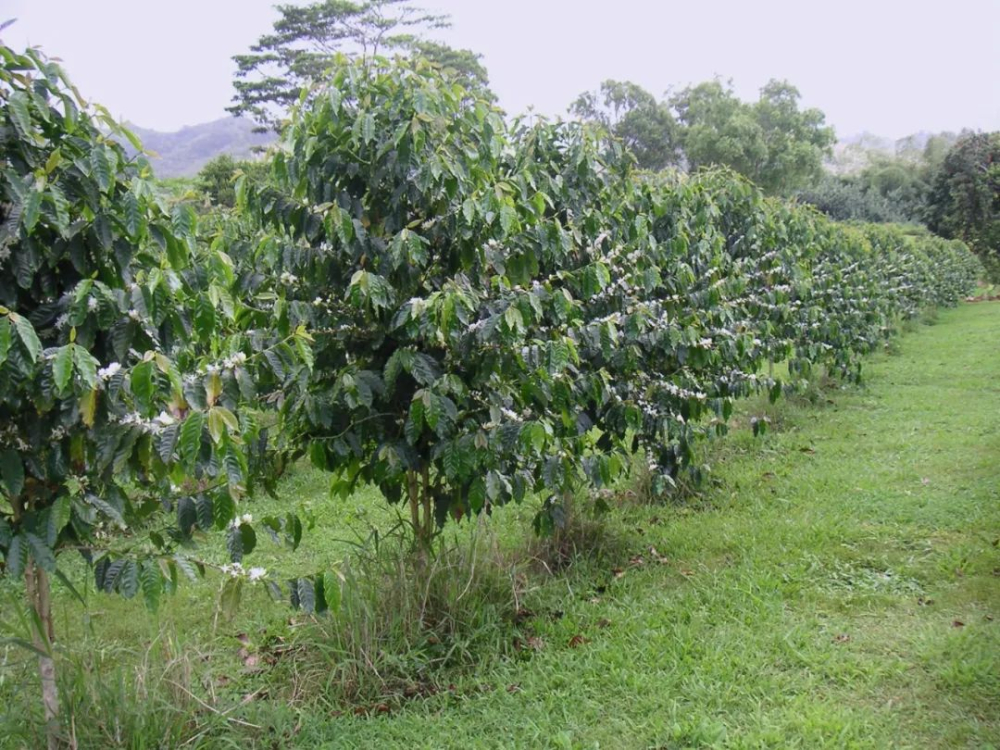
Robusta and Arabica also have their shortcomings.
The main reason why Robusta is unpopular in the coffee circle is that it is not as pleasant as Arabica. The content of chlorogenic acid in Robusta is very high. Chlorogenic acid is the source of bitter taste in coffee. It usually has a mellow, lower bitter taste, as well as walnut, peanut, hazelnut, wheat, grain and other flavor spectrum. When it is not handled well, there will be a fishy smell, so it is often used in deep baking Italian beans formula or instant coffee raw materials.
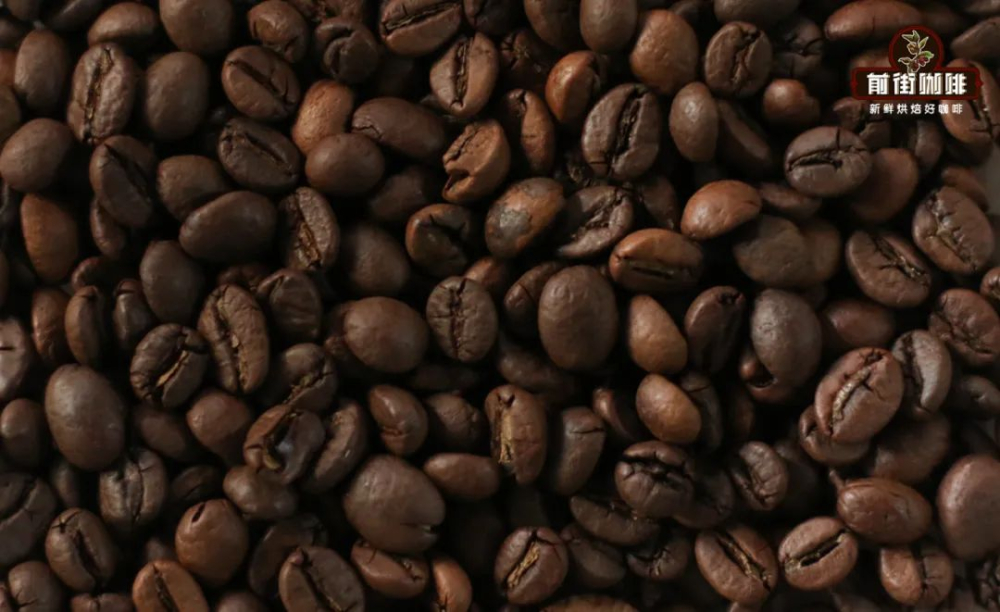
Although Arabica is liked by more people, it does not mean that it has no shortcomings. Arabica's plants are very "picky" about their growing environment. Arabica is more vulnerable to pests because of its low caffeine content, so it needs to be planted above 800 meters without frost. The higher the altitude, the formation of a significant temperature difference, more conducive to the accumulation of coffee fruit flavor substances, aroma development will be more full. If you want to show a variety of positive flavor, in addition to high altitude, but also need to have a unique microclimate blessing, many well-known boutique coffee are produced in the microclimate. The terrain at high altitude is often uneven, and it is more difficult to plant, manage and pick, so high-quality Arabica coffee requires more production costs.
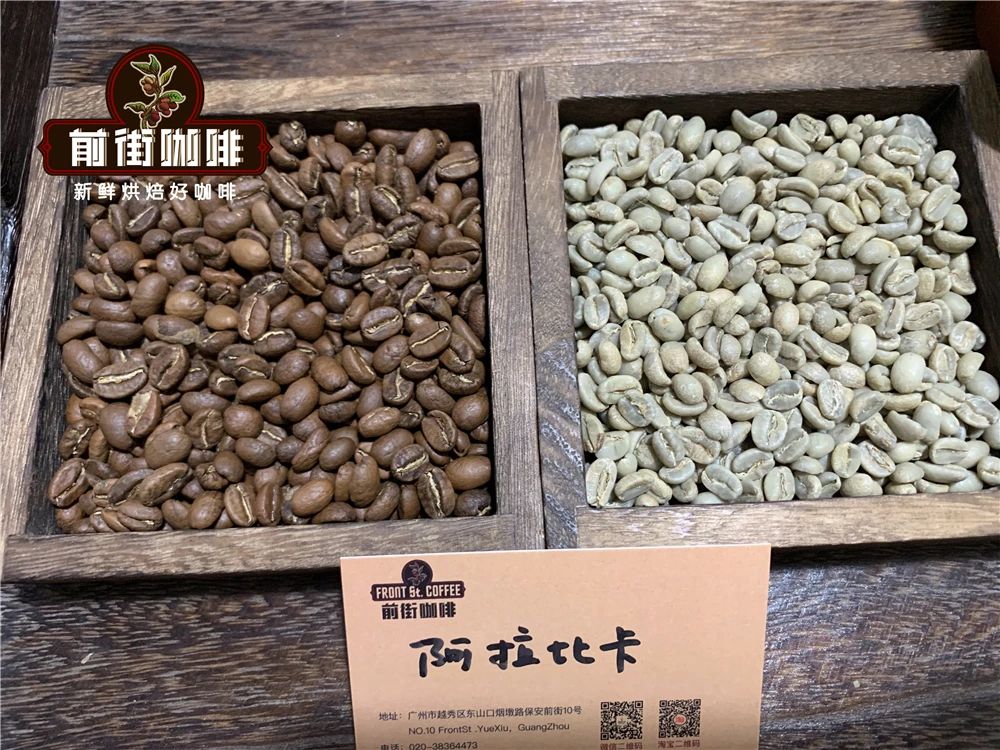
Which do you choose, Arabica or Robusta?
I believe that after watching the comparison in front of the street, we do not have to compare Arabica and Robusta and choose the coffee beans that suit us. Among the dozens of coffee beans sold on the front street, in addition to Arabica, which dominates the mainstream, Robusta is also found in Italian coffee beans.
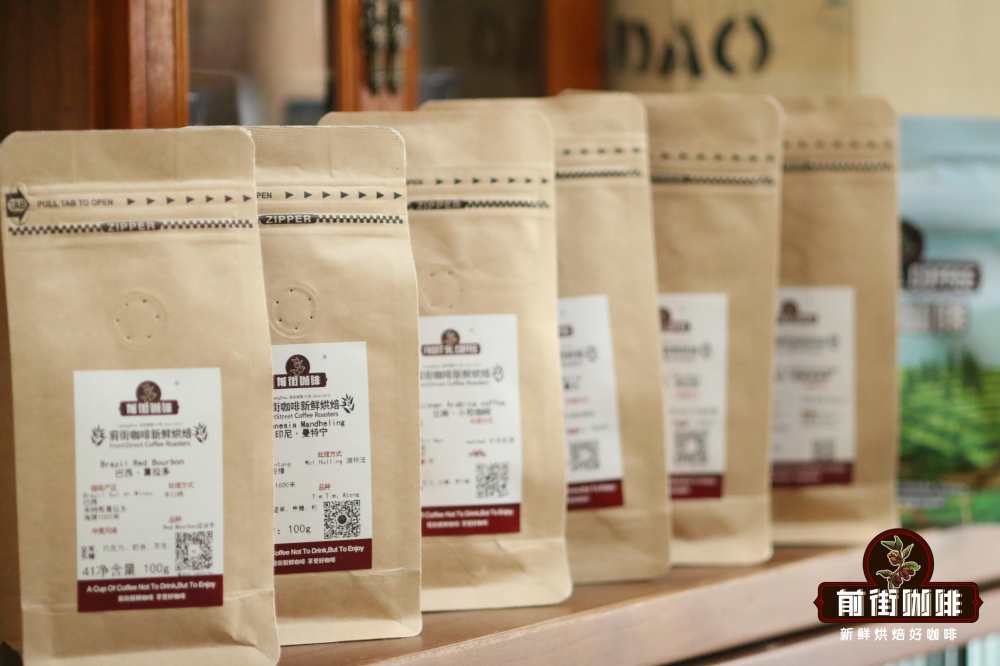
There is a cost-effective rations bean series on the bean shelf in front street, featuring 7 excellent classic coffee producing areas, covering a number of representative producing areas, varieties and natural treatment methods. The so-called rations and beans, as the name implies, are varieties that have no burden to drink every day, and are very close to the people in price and flavor. Qianjie has selected a number of "facade representatives" so that people can identify the basic flavor of each major producing area. These include Yega Xuefei in Ethiopia, Vivetnango in Guatemala, Whelan in Colombia, half-sun Syrador in Brazil, Tara beads in Costa Rica, wet planer forest in Indonesia and Baoshan in Yunnan, China. Each type of coffee beans are suitable for hand-flushing, cold extraction, French kettle and other methods of extraction, if you want to taste the most primitive aroma of coffee, Qianjie suggests the best form of black coffee.
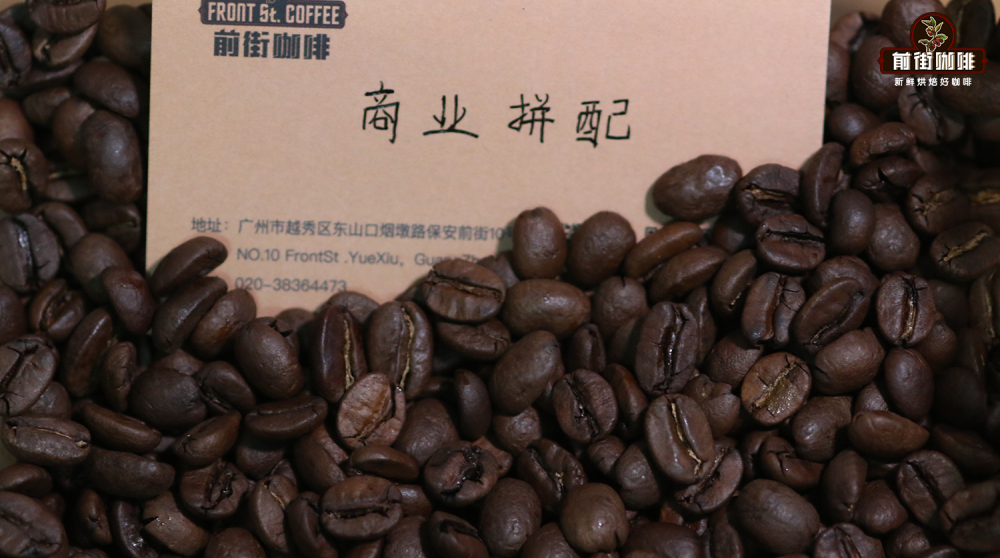
Because deep-baked Robusta produces rich oils during extraction. So Qianjie wanted one of the espresso beans to be concentrated to show rich and fragrant coffee oil, so it added 10% washed robusta coffee beans. Combine with Colombian washed coffee beans (30%) and Brazilian half-sun coffee (60%) to form a commercial blend of coffee beans on the front street. The espresso has rich golden grease and nutty aromas. When you taste it, the coffee will be bitter, but it will be more creamy and full, and after swallowing, the bitterness will dissipate and the lips and teeth will stay fragrant.
Professional coffee knowledge exchange more coffee bean information please follow the coffee workshop (Wechat official account cafe_style)
For more boutique coffee beans, please add private Qianjie coffee on Wechat. WeChat account: qjcoffeex
Important Notice :
前街咖啡 FrontStreet Coffee has moved to new addredd:
FrontStreet Coffee Address: 315,Donghua East Road,GuangZhou
Tel:020 38364473
- Prev
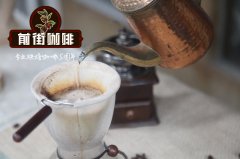
Introduction to the types of Java coffee beans _ roasting degree of Java coffee beans suggested _ how to buy Java coffee
Professional coffee knowledge exchange more coffee bean information Please pay attention to the coffee workshop (Wechat official account cafe_style) each caffeine variety has its own strong character, such as masculine Mantenin, which looks like an iron man; mellow, fragrant Blue Mountain Coffee, gentle women miss addicted. And Java coffee, which is always light and fragrant, is super coffee.
- Next

Benefits of Robusta Coffee Beans Features Weight Loss Robusta Coffee Bean Grading System Coffee Bean Price
Professional coffee knowledge exchange More coffee bean information Please pay attention to Coffee Workshop (Weixin Official Accounts cafe_style) Robusta coffee beans (Robusta) are tied with Arabica as one of the two most common varieties. Robusta coffee trees can grow on flat ground
Related
- Detailed explanation of Jadeite planting Land in Panamanian Jadeite Manor introduction to the grading system of Jadeite competitive bidding, Red bid, Green bid and Rose Summer
- Story of Coffee planting in Brenka region of Costa Rica Stonehenge Manor anaerobic heavy honey treatment of flavor mouth
- What's on the barrel of Blue Mountain Coffee beans?
- Can American coffee also pull flowers? How to use hot American style to pull out a good-looking pattern?
- Can you make a cold extract with coffee beans? What is the right proportion for cold-extracted coffee formula?
- Indonesian PWN Gold Mandrine Coffee Origin Features Flavor How to Chong? Mandolin coffee is American.
- A brief introduction to the flavor characteristics of Brazilian yellow bourbon coffee beans
- What is the effect of different water quality on the flavor of cold-extracted coffee? What kind of water is best for brewing coffee?
- Why do you think of Rose Summer whenever you mention Panamanian coffee?
- Introduction to the characteristics of authentic blue mountain coffee bean producing areas? What is the CIB Coffee Authority in Jamaica?

